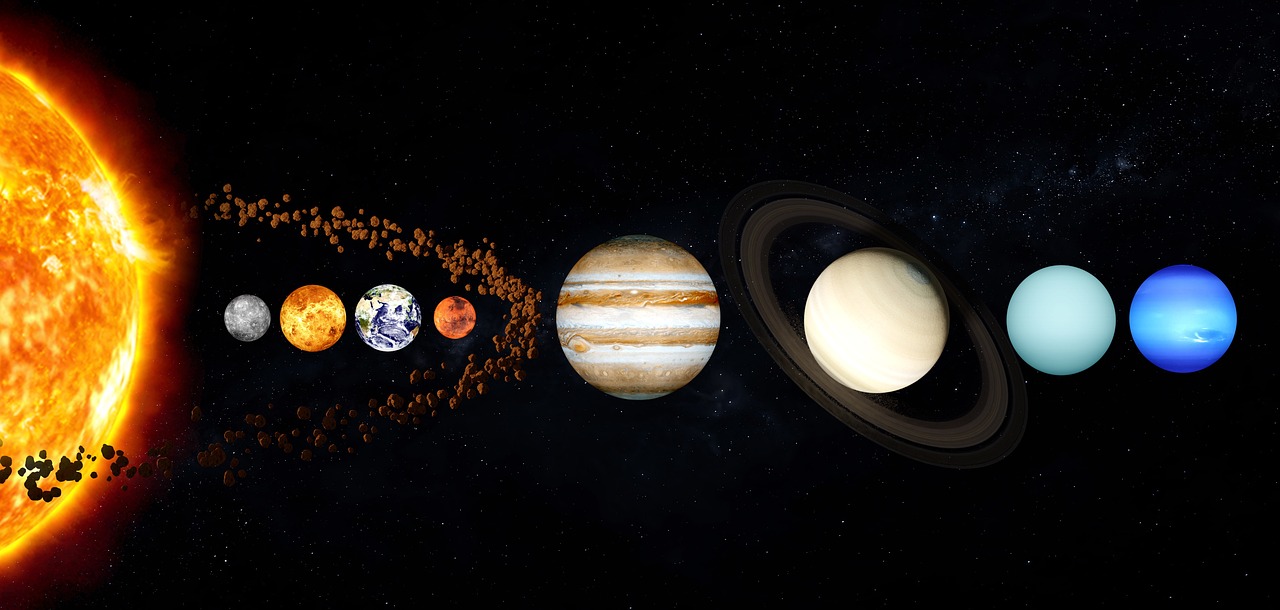A Stunning Planet Parade of Venus, Saturn, Jupiter, and Mars Illuminates the Night Sky in January 2025
This January, skywatchers are in for a celestial treat as four bright planets—Venus, Saturn, Jupiter, and Mars—align in the night sky, offering a spectacular display visible to the naked eye. Over the next few weeks, these planets will be prominent in the early evening sky, creating a planetary parade that will captivate both amateur and experienced stargazers alike.
Venus and Saturn Get Closer, Mars Reaches Opposition
Since the start of January, Venus and Saturn have been gradually drawing closer to each other, with the closest alignment expected to occur on Friday and Saturday. From Earth’s perspective, these two planets will appear just a “couple of finger widths apart.” Although the planets are hundreds of millions of miles apart in reality, this alignment will make for a stunning visual display.
Meanwhile, Mars will reach its “opposition” this month. During opposition, a planet is directly opposite the sun with Earth positioned in between. This phenomenon, which occurs about every two years for Mars, makes the planet appear larger and brighter in the sky.
How to Spot the Planetary Lineup in January 2025
To catch this planetary parade, look to the southwest in the first few hours after dark to see Venus and Saturn. Jupiter will shine brightly high in the sky, while Mars will rise in the east. One easy way to differentiate planets from stars is by their steady shine—planets typically shine steadily, while stars tend to twinkle.
A Rare and Beautiful Multi-Planet Viewing Opportunity
While multi-planet alignments aren’t extremely rare, they don’t occur every year, making this a special event worth observing. NASA encourages stargazers to take advantage of this unique opportunity to witness the beauty of Venus, Saturn, Jupiter, and Mars all together in the night sky.
This planet parade will be a treat for those looking to enjoy a cosmic spectacle. For those interested in seeing even more distant planets, Uranus and Neptune will also be visible, though binoculars or telescopes will be required to spot them.
In June 2024, a similar planetary parade was visible in the morning sky, featuring Saturn, the Moon, Mars, and Jupiter, though only two of the planets were visible to the naked eye.
penulis:Fadhil
